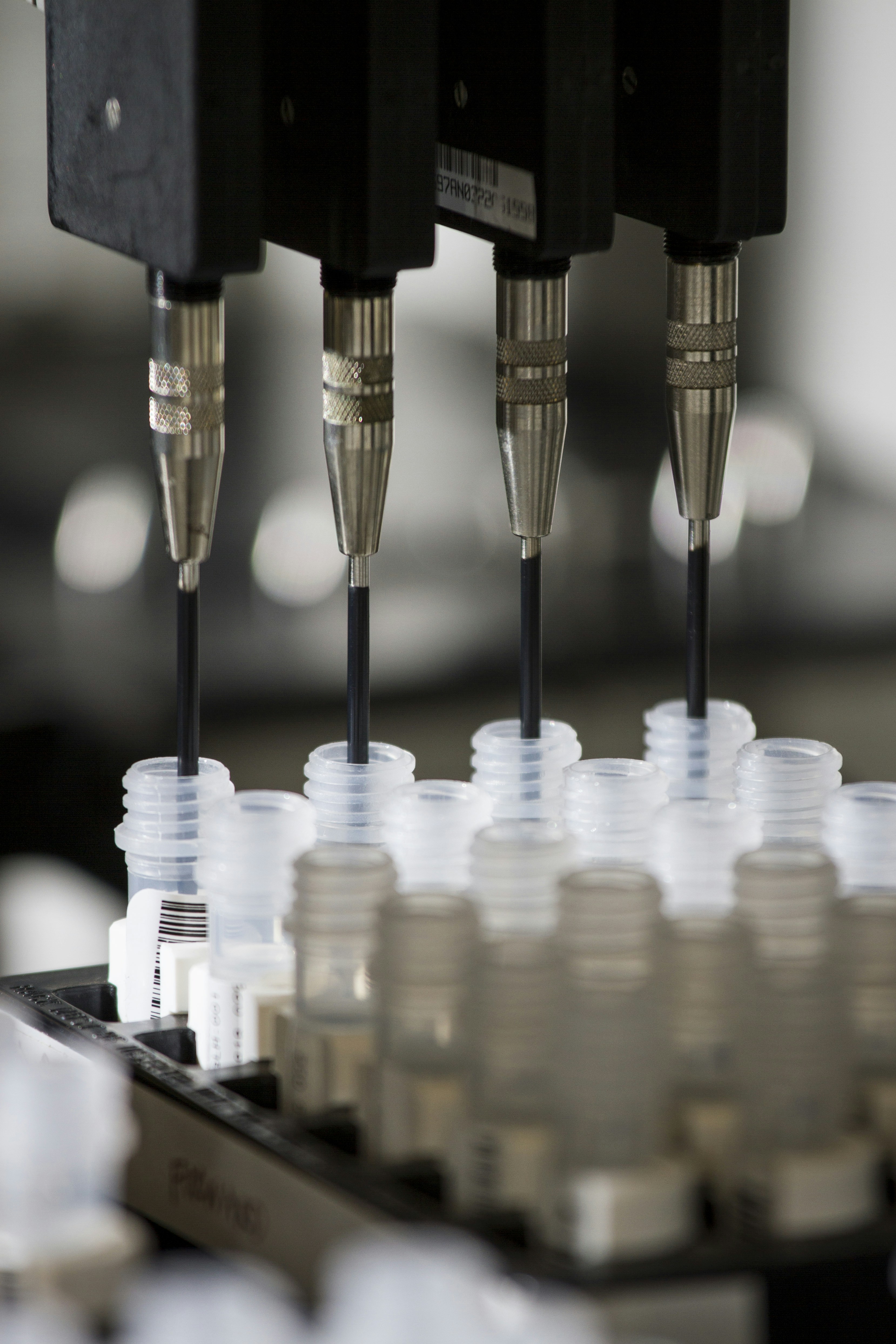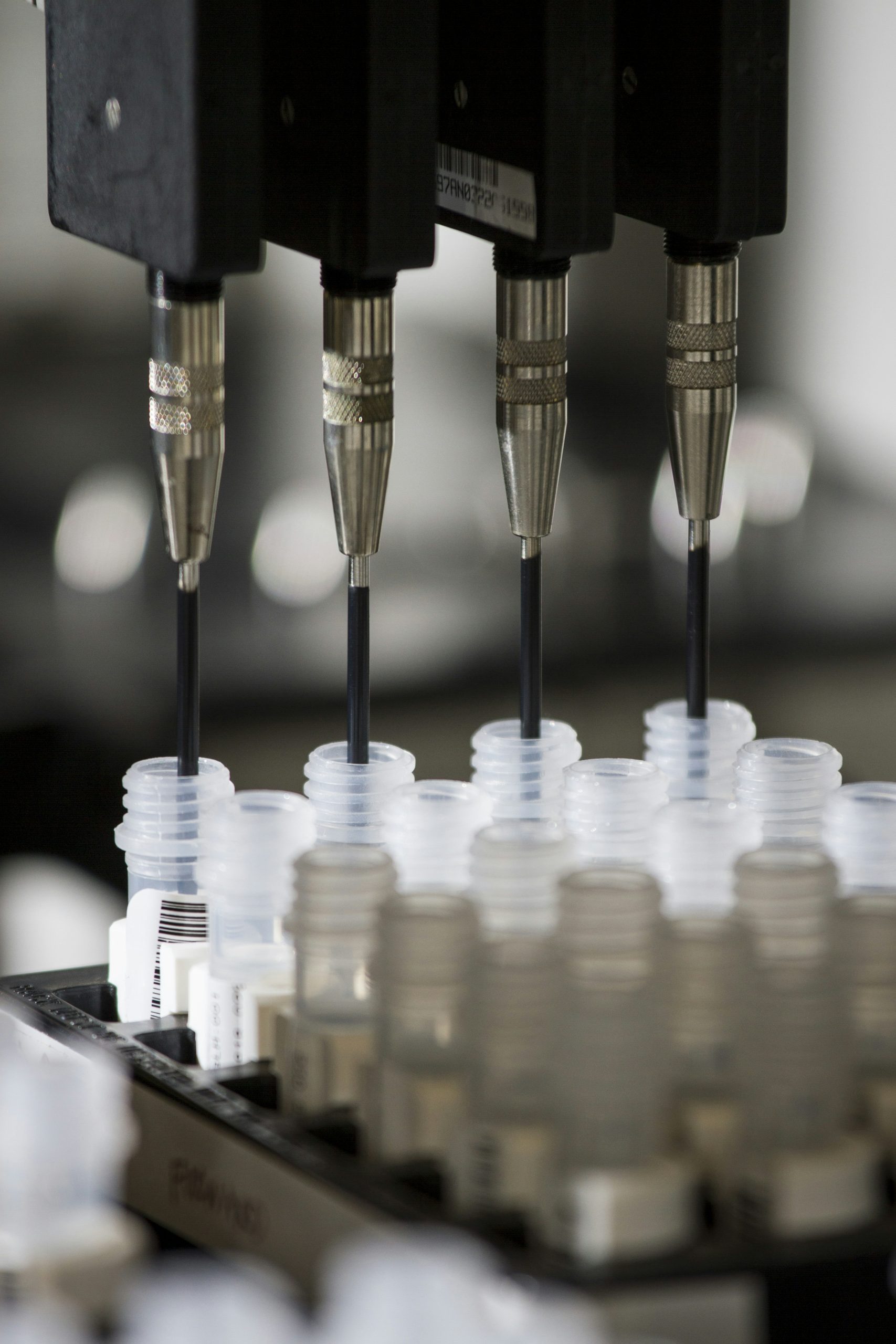In the fast-paced world of soap production, packing efficiency can make or break your business. Every bottle filled plays a crucial role in meeting customer demand and ensuring product integrity. As competition heats up, manufacturers must find ways to streamline their processes without sacrificing quality. Enter the liquid soap filling machine—a game-changer that not only simplifies packaging but also enhances productivity.
This innovative piece of equipment is designed for those who want to optimize their operations while delivering high-quality products consistently. Whether you’re a small artisan brand or a large-scale manufacturer, understanding how these machines work can give you an edge in the industry. Let’s dive deeper into why investing in a liquid soap filling machine could be one of your best decisions yet!
The Importance of Efficient Packaging in the Soap Industry
Efficient packaging is vital in the soap industry, where first impressions matter. A well-packaged product not only attracts customers but also communicates quality and reliability.
In a market flooded with options, effective packaging sets brands apart. Eye-catching designs and functional containers can drive sales and foster customer loyalty.
Moreover, efficient packaging minimizes waste during production and shipping. This efficiency reduces liquid soap filling machine electric costs while supporting sustainability efforts—something increasingly valued by consumers today.
Additionally, proper sealing ensures that products remain fresh longer. It protects against contamination or damage that could compromise quality.
Time is money in manufacturing. Streamlined processes lead to quicker turnaround times, allowing businesses to meet growing demands without sacrificing standards.
What is a Liquid Soap Filling Machine?
A liquid soap filling machine is a specialized piece of equipment designed for the efficient packaging of liquid soaps. These machines automate the process, ensuring precision and consistency in every bottle or container filled.
Typically, they work by drawing from a tank of soap and dispensing it into bottles at high speed. This reduces human error and enhances productivity on production lines.
Liquid soap filling machines come with various features that cater to different packaging needs. Some models allow for adjustments in volume control, while others can handle multiple sizes and types of containers.
With advancements in technology, many modern versions are equipped with sensors that detect when a bottle is present. This ensures minimal spillage and maximizes cleanliness during operation. The result? A streamlined process that saves time while maintaining quality standards throughout production cycles.
Benefits of Using a Liquid Soap Filling Machine

A liquid soap filling machine offers tremendous advantages for manufacturers. It significantly boosts production speed, allowing businesses to keep up with high demand without sacrificing quality.
Automation is another key benefit. By reducing manual labor, companies minimize human error and increase consistency in each technology package filled.
These machines also enhance efficiency by optimizing the use of materials. Accurate filling reduces waste, leading to cost savings over time.
Flexibility is yet another perk. Many models can handle different container sizes and types, making them adaptable to various product lines.
A liquid soap filling machine can improve workplace safety. With automated processes in place, employees are less exposed to hazardous materials during packaging operations.
Types of Liquid Soap Filling Machines
When it comes to liquid soap filling machines, variety is key. Different types cater to specific production needs.
Gravity filling machines are simple yet effective. They rely on gravity to dispense the liquid into containers, making them ideal for thin or watery soaps.
Pneumatic fillers use air pressure for precision. These machines excel in handling thicker formulations while maintaining accuracy and speed during the filling process.
For those looking for more automation, volumetric fillers offer advanced technology. They measure exact volumes before dispensing, ensuring consistency across batches.
There are rotary filling machines designed for high-speed operations. Perfect for larger manufacturers, they can fill multiple bottles simultaneously without sacrificing quality.
Choosing the right type depends on your production scale and product characteristics. Each option has its unique strengths tailored to different business needs.
Factors to Consider When Choosing a Liquid Soap Filling Machine

When selecting a liquid soap filling machine, it’s essential to assess your production capacity. Determine how much product you need to fill in a given time frame.
Next, consider the viscosity of your liquid soap. Different machines are designed for varying thicknesses. Ensure that the equipment can handle your specific formulation.
Compatibility with existing packaging is another crucial factor. Check if the machine accommodates different bottle sizes and shapes without requiring extensive adjustments.
Ease of operation matters too. A user-friendly interface will streamline training and reduce errors during filling.
Don’t overlook maintenance requirements. Machines that require less frequent upkeep can save both time and money in the long run. Choose one that allows for easy cleaning and part replacement as needed.
Maintenance and Cleaning Tips for Liquid Soap Filling Machines
Maintaining your liquid soap filling machine is crucial for optimal performance. Regular cleaning helps prevent residue buildup that can affect product quality.
Start by disconnecting the machine from its power source before any maintenance. Use a soft cloth and warm, soapy water to wipe down exterior surfaces. Avoid abrasive materials that could scratch or damage components.
For internal parts, follow the manufacturer’s guidelines on disassembly. Rinse all removable parts thoroughly to eliminate soap remnants. A vinegar solution can help dissolve stubborn residues in nozzles and tubes.
Inspect seals and gaskets for wear and replace them as needed. This ensures proper sealing during operation, preventing leaks that could disrupt production.
Schedule routine checks of mechanical components like pumps and motors. Lubricate moving parts according to recommendations to keep everything running smoothly over time.
Conclusion
The soap industry is a rapidly growing market, and efficient packaging plays a pivotal role in its success. A liquid soap filling machine not only streamlines the packaging process but also enhances product quality and reduces labor costs. With various types of machines available, businesses can choose one that best fits their production needs.
Selecting the right liquid soap filling machine involves evaluating several factors such as production speed, ease of use, and maintenance requirements. Maintenance practices are crucial to ensure longevity and consistent performance of these machines.
Investing in a quality liquid soap filling machine can lead to significant improvements in productivity and customer satisfaction. As companies strive to meet consumer demands efficiently, embracing advanced technology like this will prove beneficial for long-term growth in the competitive landscape of the soap industry.

